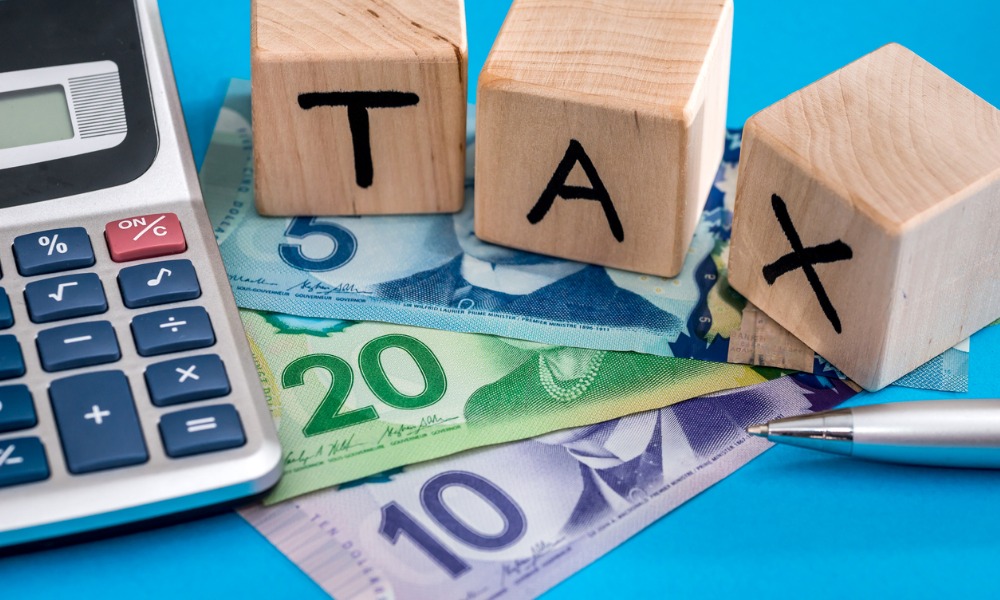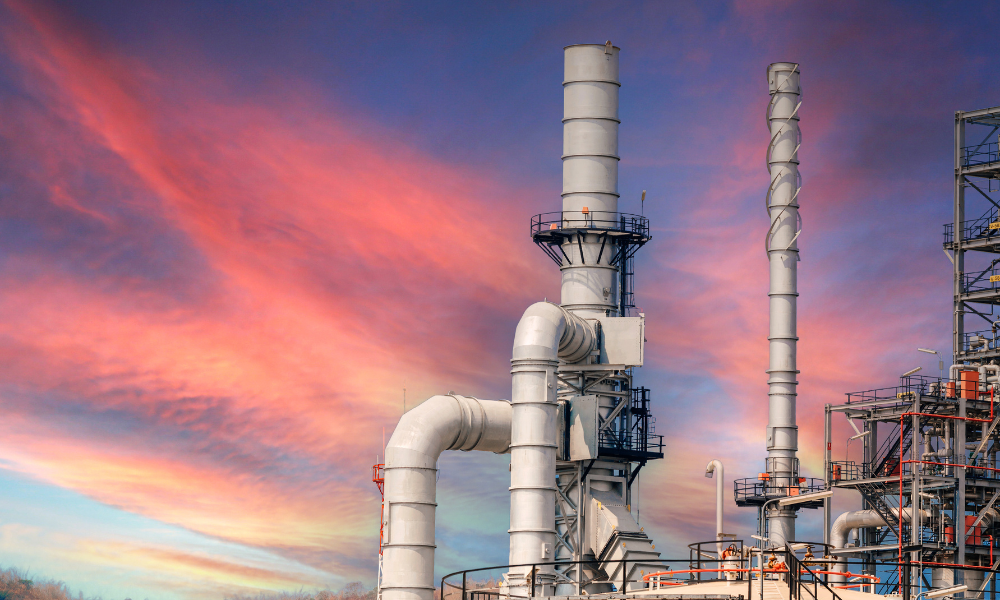Policy expert argues focus on taxing highest-income segment only adds to more crucial problem

It’s time to stop fixating on the distribution of income taxation, as increasing taxes on high-income earners ends up being counterproductive, according to a new report from the Fraser Institute.
In a paper titled Should Upper-Income Canadians Pay More Income Tax? Fraser Institute senior fellow Philip Cross pointed to the decade of chronic slow growth in much of the OECD region of industrialized nations as a primary factor behind the increasing focus on distribution of income and taxes in recent Canadian elections.
“However, it is not appreciated enough how prioritizing distributional issues reinforces the trend of slow growth,” he said.
Cross argued that Canada’s income tax system is already highly progressive, with the top 10% of income-tax filers paying over half of all income taxes. Calculating the relative income tax burden borne by the top decile of earners, he said that the measure has hit its highest level since 1982. Since the income threshold for the top 10% was less than $100,000 as of 2017, he argued, the group actually includes people that would be widely judged as not high-income.
“The distribution of income has not become more skewed over the past decade, as the share of income going to the top 10% has declined,” he said.
Drawing from Statistics Canada figures, Cross calculated that between 1982 and 2017, the share of total income in Canada was held by the top decile of earners rose from 30.2% to 34.2%, reaching a high water mark of 36.1% in 2006.
But the share of income tax borne by the top 10% of earners, according to Cross, rose more rapidly over the same period, going from 44.6% to 54.1%. Taken together with the changes in share of total income, it means that Canada’s top 10% of income earners have seen the ratio of their share of tax to income rise from 147.7% to 158.2%.
He also took aim at the popular notion of widespread tax avoidance among Canada’s top income earners. Citing Statistics Canada, he said that only 0.25% of families in the top decile paid absolutely no income tax in 2017. In comparison, more than 50% of all families earning $22,000 at most were reported to have paid no income tax that year because of increasing exemptions and credits for low-income families.
“In 2017, just over 95% of incomes in the top decile paid as much or more than the Canadian average of 11.7%,” Cross said. “According to Statistics Canada, almost all of these individuals had effective tax rates of well over 20%.”
He argued that Canada’s tax system is highly progressive, with 2017 figures showing that households representing the top 10% of incomes paid 28.7% of it in taxes; the top 5% paid 33.4% in taxes; and the top 1% paid 49.2%.
He also said that the government’s attempts at additional tax increases on high incomes do not generate significant revenue for the government; high income taxes, he added, “can reinforce the decade-long trend to slower economic growth, the true source of the recent struggles of lower- and middle-income Canadians.”



